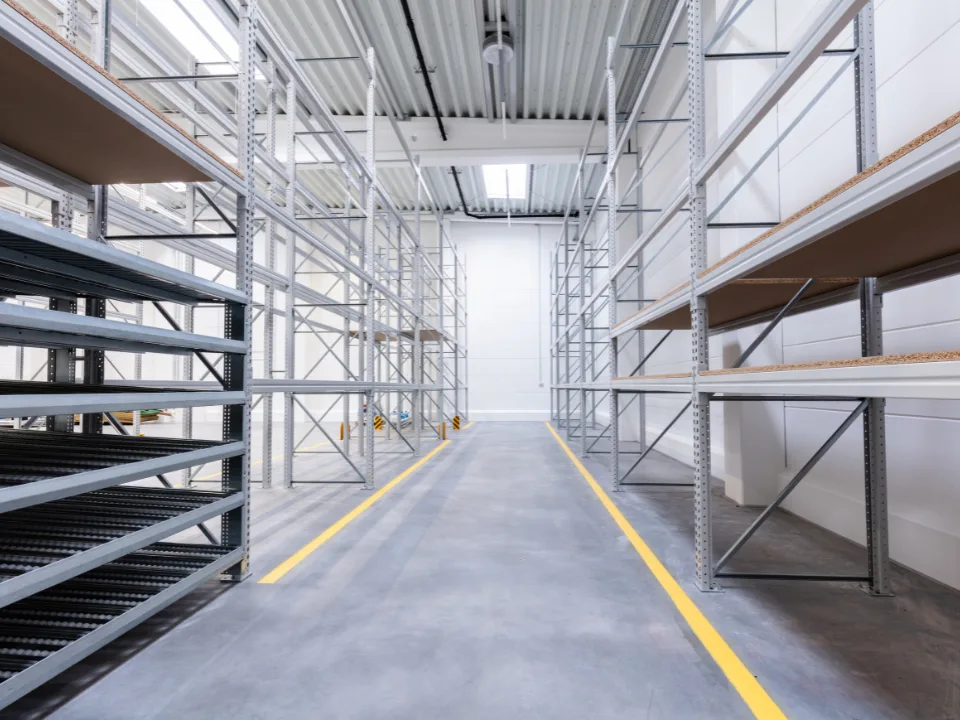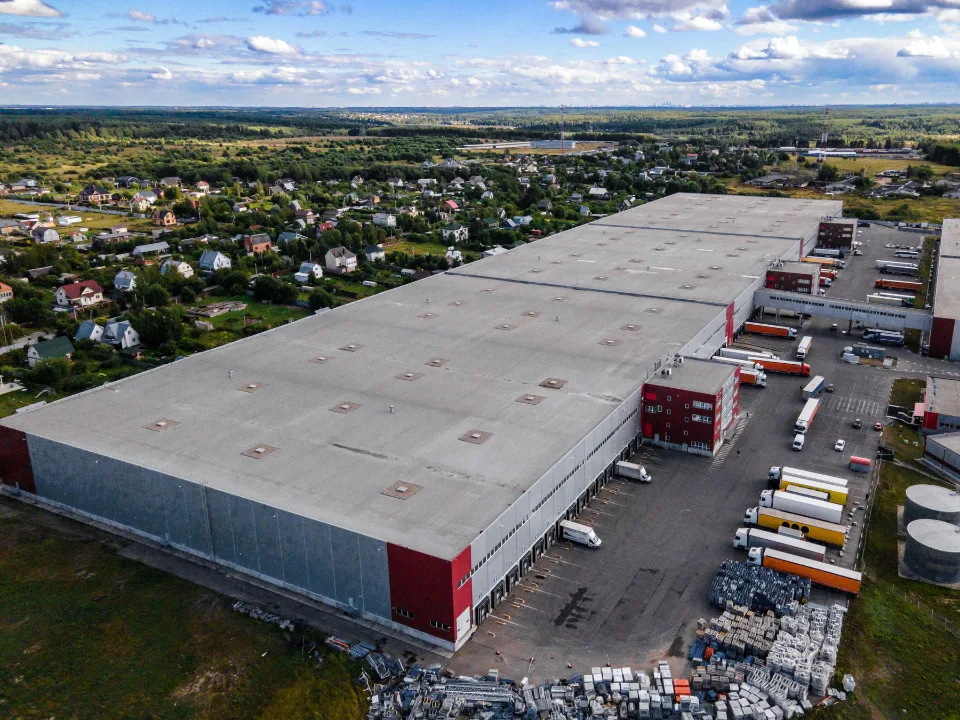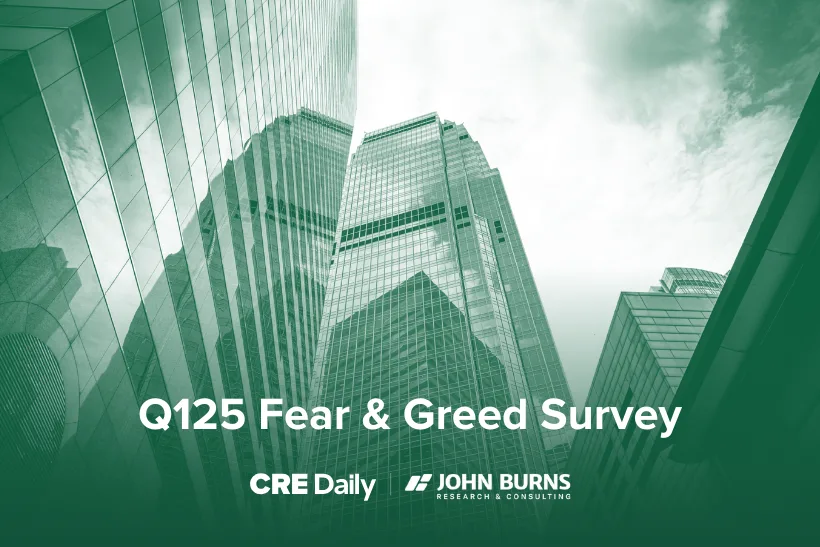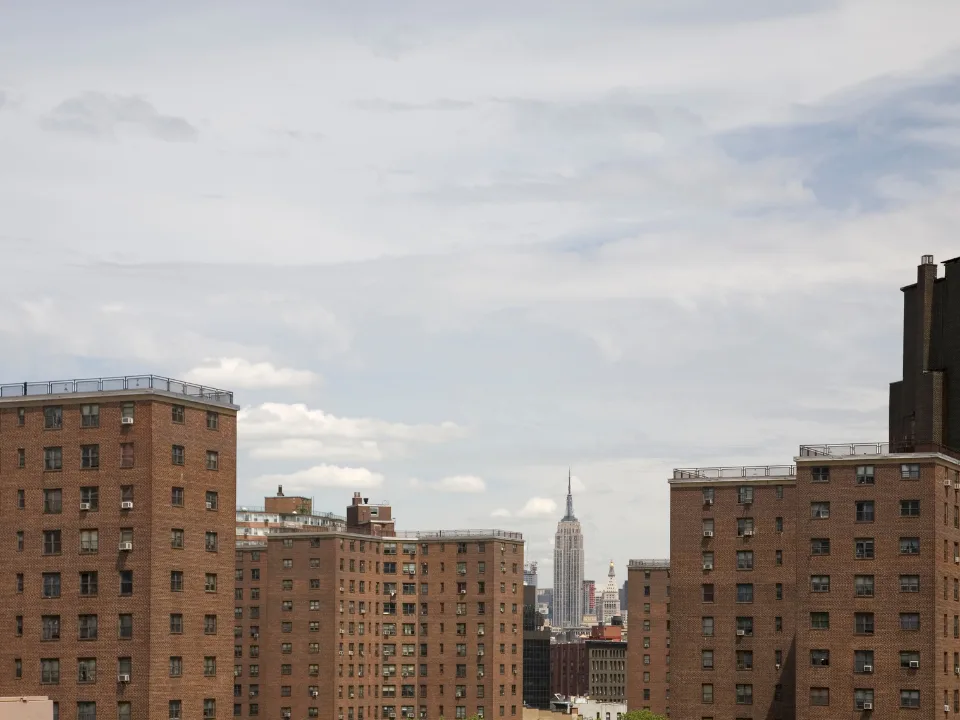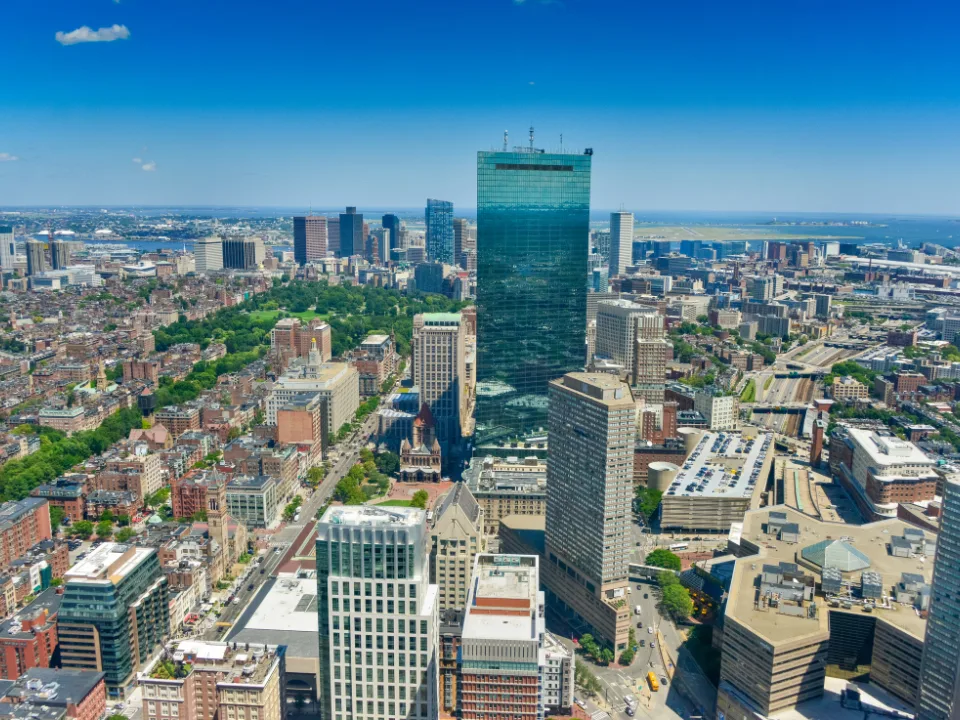Small Markets Outpace Big Cities in Early 2025
Large-market, high-dollar property deals saw a 0.5% decline in Q125, while smaller, lower-priced transactions rose 2.6%.
Good morning. Small U.S. markets are gaining ground in early 2025, even as big-city office values continue to slip. Plus, industrial vacancy rates rose to 7.1% in Q125—the highest since 2015—as the supply boom winds down.
Today's issue is sponsored by Wall Street Prep—level up your real estate career in just 8 weeks.
Market Snapshot
|
|
||||
|
|
*Data as of 04/28/2024 market close.
Think Small
Small Markets Outpace Big Cities in Early 2025
Despite ongoing struggles for trophy-office deals, small-market properties staged a surprising comeback in early 2025.
A tale of two indices: CoStar’s Commercial Repeat-Sale Indices (CCRSI) reveal a widening gap: large-market, high-dollar property deals saw a 0.5% decline in Q125, while smaller, lower-priced transactions rose 2.6% — their first quarterly gain after three straight declines. This marks a continued shift toward strength in secondary markets.

Source: CoStar
Office still dragging: Office properties remained a weak spot, especially in big-ticket deals. Value-weighted office prices fell another 2.5% QoQ, now down 9.2% annually. However, there’s a glimmer of hope: key metros like Boston, New York, and San Francisco are seeing YoY price improvements, signaling possible stabilization.
Industrial and retail stay steady: Industrial property prices dipped 1% from Q424 but stayed 2.5% higher YoY. Meanwhile, retail and multifamily assets ticked up 1.1% QoQ, aligning closely with their 12-month trends. Multifamily performance was weaker in small-market deals, falling 2.1% in the quarter.
Small-market strength: In the equal-weighted index, small-market office prices gained 1.9% QoQ and rose 0.5% over the past year. Retail in these markets edged up 0.3% quarterly, while industrial assets slipped slightly. Multifamily in small markets was the standout underperformer, with accelerating annual price declines now at 4.7%.
➥ THE TAKEAWAY
Big picture: Investor interest is pivoting away from pricey trophy assets toward smaller, secondary markets where pricing momentum is building. While the office sector still weighs heavily on the overall market, targeted bets in rising metros could pay off in the second half of 2025.
TOGETHER WITH WALL STREET PREP
Enroll Early and Unlock Exclusive Benefits!
Thinking about a future in real estate investing? The 8-week, self-paced online Real Estate Investment Certificate Program from Wharton Online and Wall Street Prep is built to help you thrive in today’s CRE industry.
Enroll before May 12th to receive early-enrollment perks, including:
-
Bonus Resources, including 15+ hours of foundational training on topics including accounting, Excel, and financial modeling
-
Early Access to the cohort’s LinkedIn and Discussion Groups
-
Exclusive Invite to Networking Events
Secure your spot today and use code CREDAILY to save $500—offer ends May 12th!
*This is a paid advertisement. Please see the full disclosure at the bottom of the newsletter.
✍️ Editor’s Picks
-
Record-breaking: StepStone closed its fifth secondaries fund at $3.77B, marking the largest real estate secondaries fund ever raised.
-
Shifting strategies: Deloitte sees next-gen CRE leaders accelerating investment in alternatives like data centers, life sciences, and SFRs amid changing economic and demographic trends.
-
Global jitters: Despite strong Q1 results, CBRE warned that tariff uncertainty is clouding future prospects, shrinking project pipelines, and dampening investor enthusiasm.
-
Growth spurt: Adam Neumann’s residential real estate startup, Flow, more than doubled its valuation to $2.5B after raising over $100M from investors.
-
Price momentum: US commercial property prices grew 0.6% YoY in March, with retail and industrial leading gains, even as tariff uncertainty has yet to impact CRE activity.
🏘️ MULTIFAMILY
-
City investment: Mayor Eric Adams plans to build 6k supportive housing units under NYC’s 2026 budget proposal, backed by $46M in funding.
-
Climate countdown: As NYC's climate law deadlines loom, landlords scramble to meet emissions reporting requirements under Local Law 97.
-
Frisco financing: Carbon Cos. and Greenway secured $125M to finish The Links on PGA Parkway, a 1,310-unit luxury apartment community in Frisco, TX, slated for full completion by 2027.
-
Demand disconnect: Job growth still drives some apartment demand in major metros like New York and Dallas, but data shows the traditional link between employment and rentals is weakening nationwide.
-
Pipeline bump: Despite a decline in construction starts, the multifamily pipeline stayed larger than expected in Q1, with Yardi Matrix forecasting strong supply through 2027.
🏭 Industrial
-
Vacancy peak: Industrial vacancy rates rose to 7.1% in Q125—the highest since 2015—as the supply boom winds down.
-
Market leader: DFW led the nation in industrial sales and development early in 2025, with $415M in transactions, 24.1 MSF under construction, and a 9.7% vacancy rate.
-
Growth strategy: Amgen has launched a $900M expansion of its New Albany, Ohio, facility, doubling its footprint and raising its total Central Ohio investment to $1.4B.
-
Market debut: Atlanta Property Group entered the Greenville, SC, market with the purchase of a fully leased, 173 KSF distribution center.
-
Bay Area boost: PSAI Realty Partners secured a $51M loan for a 138 KSF R&D facility in Sunnyvale, CA, reflecting strong industrial pricing in the Western US.
🏬 RETAIL
-
Retail exit: Facing $1.1B in maturing debt, Washington Prime Group is accelerating the sell-off of its mall portfolio and winding down operations, with layoffs set through early 2026.
-
New life: Integral Communities has begun demolishing a former JCPenney at The Village at Orange in California to make way for 167 new townhomes.
-
New ownership: High Real Estate Group acquired the 154 KSF Suburbia Shopping Center near Philadelphia for $23.8M, with 85% of the property leased.
🏢 OFFICE
-
Boston bargain: Synergy Investments bought Boston’s 99 High Street tower for $227M at a major discount, marking one of the city’s biggest office sales in years.
-
Zombie buildings: Abandoned properties like Blackstone’s Chicago tower show how lender battles and vacant buildings are deepening the CRE crisis and stalling downtown recoveries.
-
Lease renewal: Cricut extended its 128 KSF Salt Lake City headquarters lease at RiverPark Corporate Center through 2029.
🏨 HOSPITALITY
-
Folded hand: Las Vegas Sands is abandoning its $5B bid for a NY-area casino, citing concerns that booming online gambling would undercut profits at a physical resort.
NO CAP PODCAST
The Internet’s Favorite Strip Mall Guy Talks CRE, Capital & Deals
🎙️ Don Tepman — better known as Strip Mall Guy — joins No Cap to share how he turned viral internet fame into raising $150M+ LP capital and built a thriving CRE brand around strip malls — all without ever making a cold call.
*This is a paid advertisement. Please see the full disclosure at the bottom of the newsletter.
📈 CHART OF THE DAY

Domestic migration patterns in the ten largest US states stabilized over the past year, with outflows from California, New York, and Illinois slowing sharply and inflows to Texas, Georgia, and Florida flattening.
Meanwhile, states like Ohio, Michigan, and Pennsylvania saw slight population gains, and North Carolina remained a standout with continued strong in-migration.

You currently have 0 referrals, only 1 away from receiving Multifamily Stress Test Model.
What did you think of today's newsletter? |
